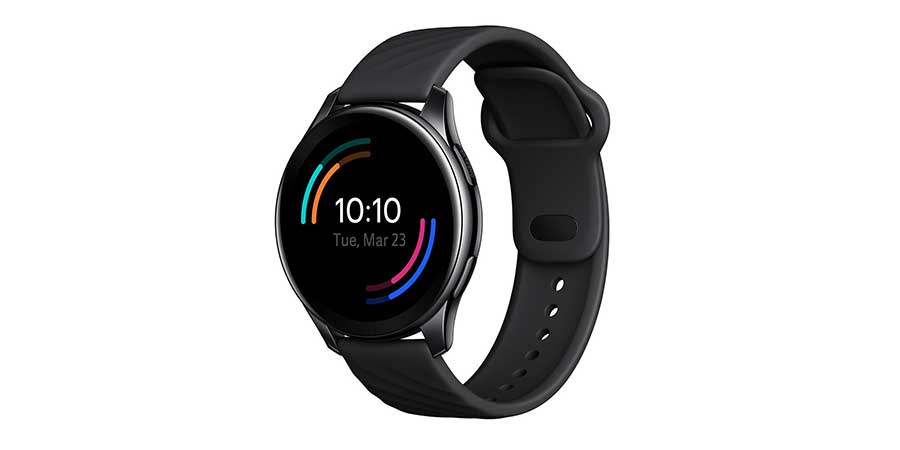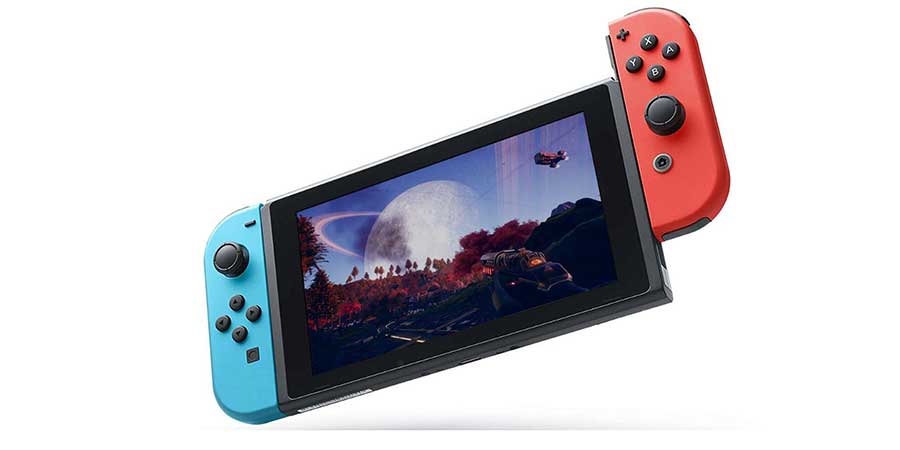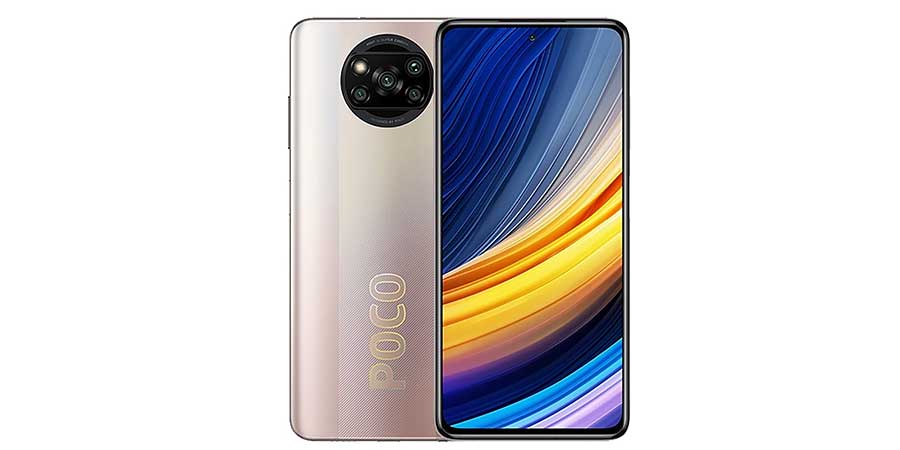MICROSOFT TEAMS NOW LETS SMALL BUSINESSES CHARGE FOR WEBINARS AND MORE
- 23 Mar - 29 Mar, 2024

It’s taken years, but OnePlus is finally getting in the smartwatch game with the newly announced OnePlus Watch, starting at $159. The new watch has a round design that looks similar to a regular wristwatch. The case itself is stainless steel, measures 46mm, and features two buttons on the side (one features the OnePlus logo). It’ll be available in two colours: silver and black. The display is a 1.39-inch OLED panel at 326ppi, with sapphire glass. The watch will also feature a version of OnePlus’ Warp Charge system (promising a week of battery life off a 20-minute charge). OnePlus promises that the watch should last up to two weeks on a single charge or up to one week for heavier users. Specs-wise, the OnePlus Watch features 1GB of RAM, 4GB of internal storage, and integrated speakers. Fitness is also a big part of the OnePlus Watch. It’ll offer over 110 workout modes, offer built-in GPS, and feature IP68 water and dust resistance. Additionally, it features internal storage for music, which allows users to store up to 500 songs to listen to over their Bluetooth headphones.

The next Nintendo Switch will use a new Nvidia system-on-chip with support for DLSS (Deep Learning Super Sampling), according to a report. The chip is said to bring improvements to GPU and CPU performance, with DLSS serving as Nintendo’s solution for displaying higher resolution images on 4K TVs. DLSS was introduced with Nvidia’s RTX 20-series GPUs, based on the Turing architecture. It makes use of neural networks to reconstruct game images in real time at a higher quality. Different versions of the technology have variously relied on the GPU’s tensor cores and training the AI on specific games, but the upshot is that you can render a game at a lower traditional resolution and get a much higher output with minimal performance penalty. That theoretically makes it a good fit for the Switch, which often struggles to hit its own native resolutions of 720p in handheld mode or 1080p on a TV screen. With the Switch’s success, though, it’s undoubtedly worth Nvidia’s while to deliver a new custom design.

Xiaomi-owned Poco has returned with two new phones that have some notable processor choices at low prices. Both the X3 Pro and the F3 use new Qualcomm chips that are essentially updated and repurposed flagship-class processors from the past couple of years, which make them an interesting price-performance proposition. First up is the Poco X3 Pro, which is essentially identical to last year’s Poco X3 NFC but with a new processor. That means there’s still a 6.67-inch 120Hz 1080p LCD, a 5,160mAh battery with 33W fast charging, and a quad-camera setup headlined by a 48-megapixel primary sensor. What’s new is the Qualcomm Snapdragon 860 SoC, which hasn’t previously been announced. The processor appears to be a new version of the Snapdragon 855, Qualcomm’s flagship part from two years ago found in phones like the Galaxy S10 and the Pixel 4. Poco hasn’t announced full global release details yet, but the X3 Pro costs €199 for a model with 6GB of RAM and 128GB of storage (or €249 for 8GB/256GB), while the F3 is €299 for 6GB/128GB and €349 for 8GB/256GB.
COMMENTS